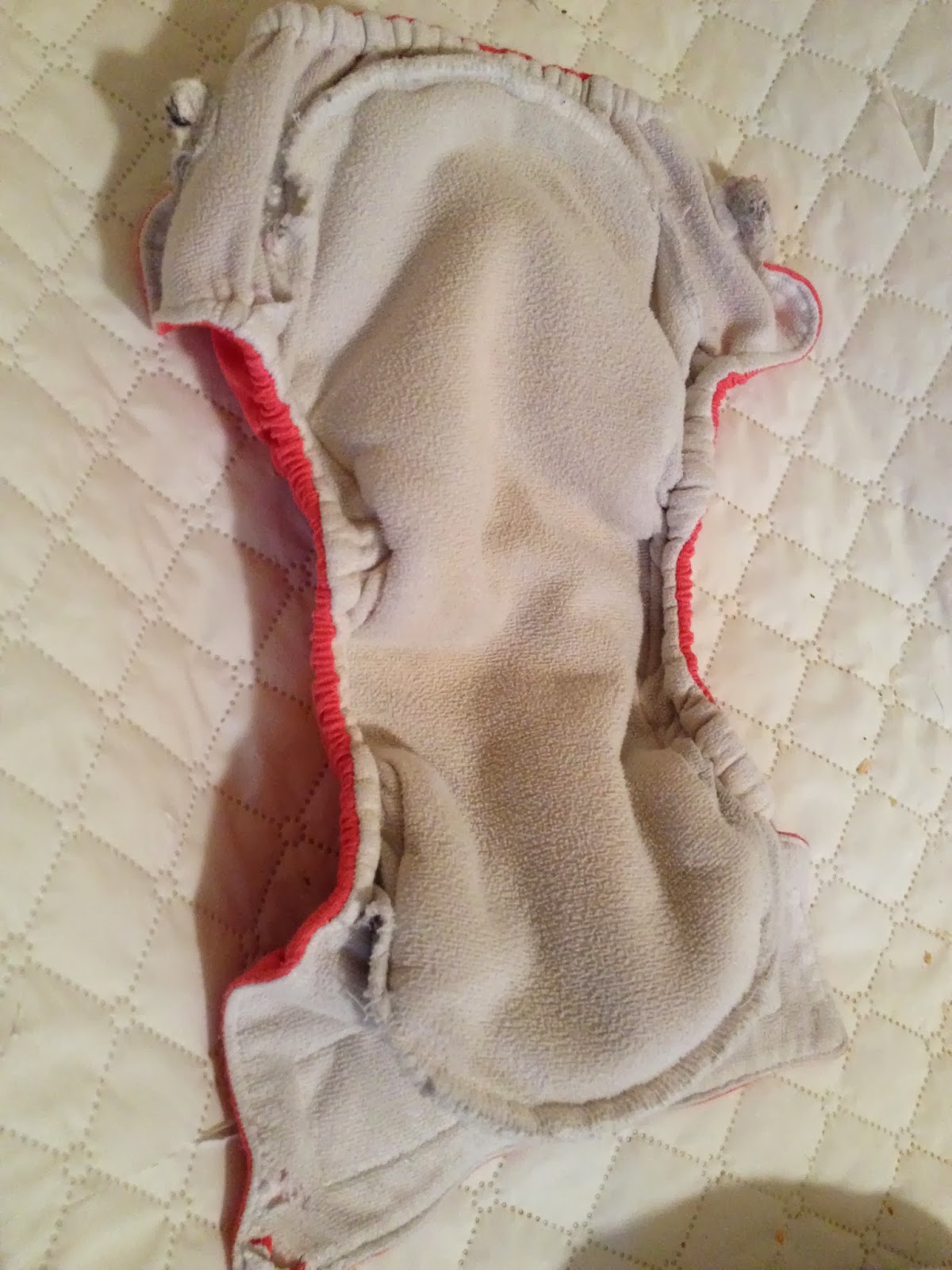Wool Diaper Wrap Pattern
I love wool
diaper covers, yes even in the heat. Wool is breathable, anti-bacterial, and
easier to care for than often thought.
It makes amazing
diaper covers over prefolds, fitteds, or even diapers with PUL to provide
additional coverage for bed time. Wool can absorb without wicking to clothing
or bedding, it doesn't need to be washed frequently. All around an awesome
fiber for diapering.
Usually you see
wool used as covers that look like pants or shorts. But as my baby is due in
summer, I wanted something with less leg coverage. Although wool is great in
summer, I like to have less on the skin as my babies tend to be little heaters.
I decided I
wanted a wrap style cover as they allow for the most customizable fit, which is
nice for babies.
I didn't find a
pattern I liked, so I made one. It's a small size, with a waist of 13 inches
unstretched and a rise of 14 inches unstretched. Another awesome thing about
wool is that it has great stretch. So this should fit for quite a while.
Let's get
started.
Supplies:
·
I hook
·
G hook
·
I love this wool in Bravo-1 skein
·
I love this wool in Smoke-1 skein
·
Yarn needle
·
Closure option- I will be using a Snappi, you could sew on buttons
or snaps if you like.
Pattern is
worked in rows.
Pattern:
With I hook,
chain 36, SC in 2nd chain from hook and each ch across (34 sc)
Row2: SC in each
SC across, turn
Row3-12: repeat
row 2 piece should measure 3 inches long
Row13: sc 3sc
together (insert hook into first sc from hook, yarn over pull up loop, insert
hook into next sc, yarn over pull up loop, insert hook into next sc, yarn over
and pull through all loops on hook), sc until 3 sc remain, sc last 3 sc together.
Row 14: sc across, you should have 14SC
Row 14: sc across, you should have 14SC
Row15-24: repeat
row 14 eight times.
Row25-58: sc in
each sc across, turn repeat row
Now the edging:
Change color if
you like
Using I hook
still, dc around the entire cover in the end of every row
Edging row 2:
switch to G hook, turn your work and go the other direction now: sc in each DC
around until you get to the decrease rows, FPDC BPDC two together, then sc
around to the other side. When you get to the other side of the decrease rows,
FPDC BPDC two together, sc around. When you get to the beginning, turn and work
the other direction
Edging row 3: sc
around until you get to the legs, sc two together 3 times then sc around to the
other side and repeat. Sc to the beginning of the row, turn
Edging row 4:
working the other direction, sc around. Fasten off, weave in ends.
As my baby isn’t
here yet, your action shot will not be as adorable, but here is the finished
item on Eeyore. A Snappi works wonderfully here to keep it closed, and as you
can see, we get a lot of stretch on the wings and in the legs. This will allow
for an awesome fit if baby has chicken legs, or chunky monkey thighs.


























































